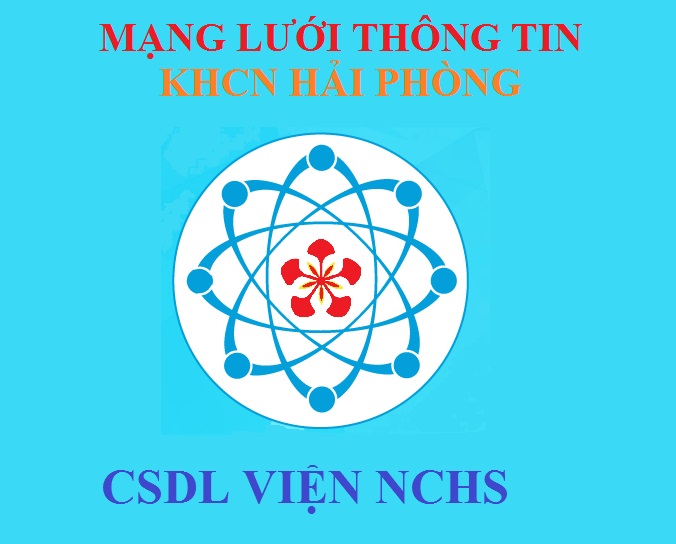General Information
Author: Phạm Thị MátIssued date: 25/12/2019
Issued by: Tạp chí Nông nghiệp và Phát triển nông thôn
Content
TÓM TẮT
Một trong những nguyên nhân dẫn đến ngành trồng rong sụn Việt Nam kém phát triển là do không chủ động được nguồn giống cung cấp cho sản xuất. Sau 3 năm nghiên cứu, Viện Nghiên cứu Hải sản đã thành công công nghệ nhân giống rong biển bằng phương pháp nuôi cấy mô với mục tiêu là sản xuất giống hàng loạt. Công nghệ này gồm 4 bước cơ bản: (1) khử trùng tạo vật liệu sạch, (2) cảm ứng mô sẹo, (3) tái sinh vi mầm từ mô sẹo và (4) nuôi tạo tản rong hoàn chỉnh. Các công đoạn này được thiết kế phù hợp với điều kiện Việt Nam, cho hiệu quả cao ngang với các quy trình đã công bố trên thế giới. Kết quả nghiên cứu cho thấy phương pháp khử trùng tốt nhất là sử dụng dung dịch Javen 0,25% trong thời gian 5 giây cho tỷ lệ mẫu sạch 86,67%. Môi trường PES bổ sung BA 1 mg/l, nồng độ agar 1,5%, cường độ ánh sáng 5 µmol photon m-2.s-1 có hiệu quả cảm ứng tạo mô sẹo cao nhất, đạt từ 80-90%, trong đó trên 40% là mô sẹo loại tốt. Mỗi mô sẹo có thể tái sinh được 60-100 vi mầm thông qua sự phát sinh phôi soma trên môi trường thạch (0,8% agar). 90% vi mầm phát triển thành các tản rong hoàn chỉnh trong môi trường PES hoặc môi trường muối vô cơ (NH4Cl - KH2PO4) ở ánh sáng 35 µmol photon.m-2.s-1. Các tản rong tạo ra có sức sinh trưởng tốt (5%/ngày), khả năng thích nghi cao để làm giống nuôi ngoài tự nhiên.
Từ khóa: Kappaphycus alvarezii, mô sẹo, nuôi cấy mô, phôi soma, rong sụn
Abstract
The insufficient amount of seeds for commercial farming is one of the main reasons that lead to underdevelopment of cottonii seaweed (Kappaphycus alvarezii) farming industry of Vietnam. After 3 year professional investigation at RIMF laboratory, we have built successfully a tissue culture procedure of cottonii seaweed in order to mass breeding. The procedure includes several steps: (1) preparation of axenic material, (2) callus induction, (3) micropropagules culture, and (4) thallus formation. These steps were constructed suitably to Vietnam condition and got achievements similar to that of worldwide procedures. The results showed that using Javen (0.25%) with 5 seconds treatment to prepare of axenic material was the best selection with the rate of clean samples was 86.67%. The explants cultured on 1.5% (w/v) agar solidified Provasoli enriched seawater (PES) medium supplemented BA 1 mg. L-1 showed callus development at 5μmol photon.m-2.s-1. The callus induction rate was found to be 80-90%, high quality callus was more than 40%. One callus could indirectly regenerate 60-100 micropropagules through somatic embryogenes. 90% of the micropropagules formed full thalli in PES medium or NH4Cl-KH2PO4 medium at 35μmol photon.m-2.s-1.
Key words: Kappaphycus alvarezii, cottonii seaweed, tissue culture, callus, somatic embryos.
Download













